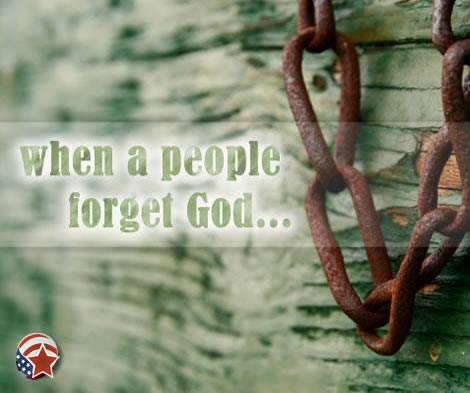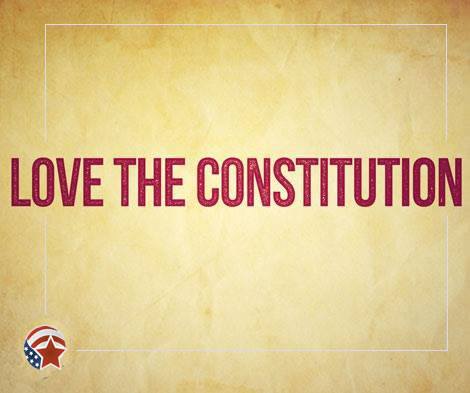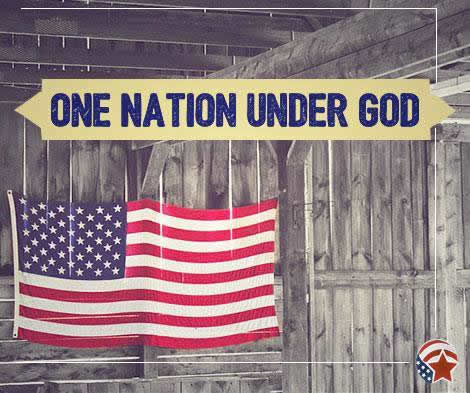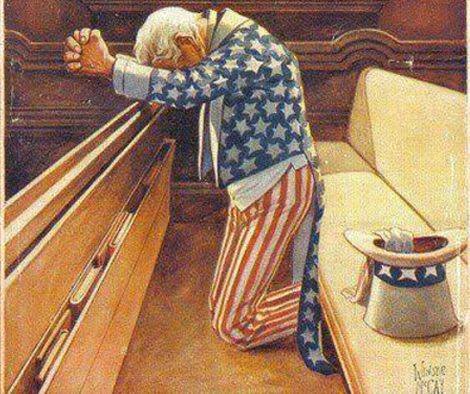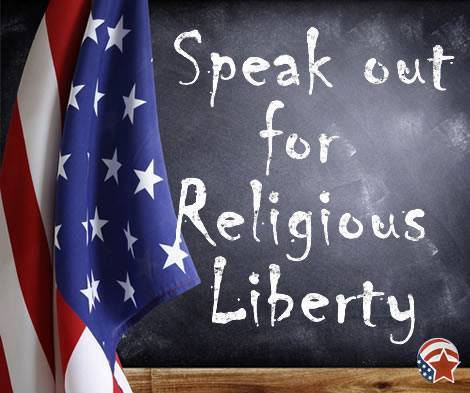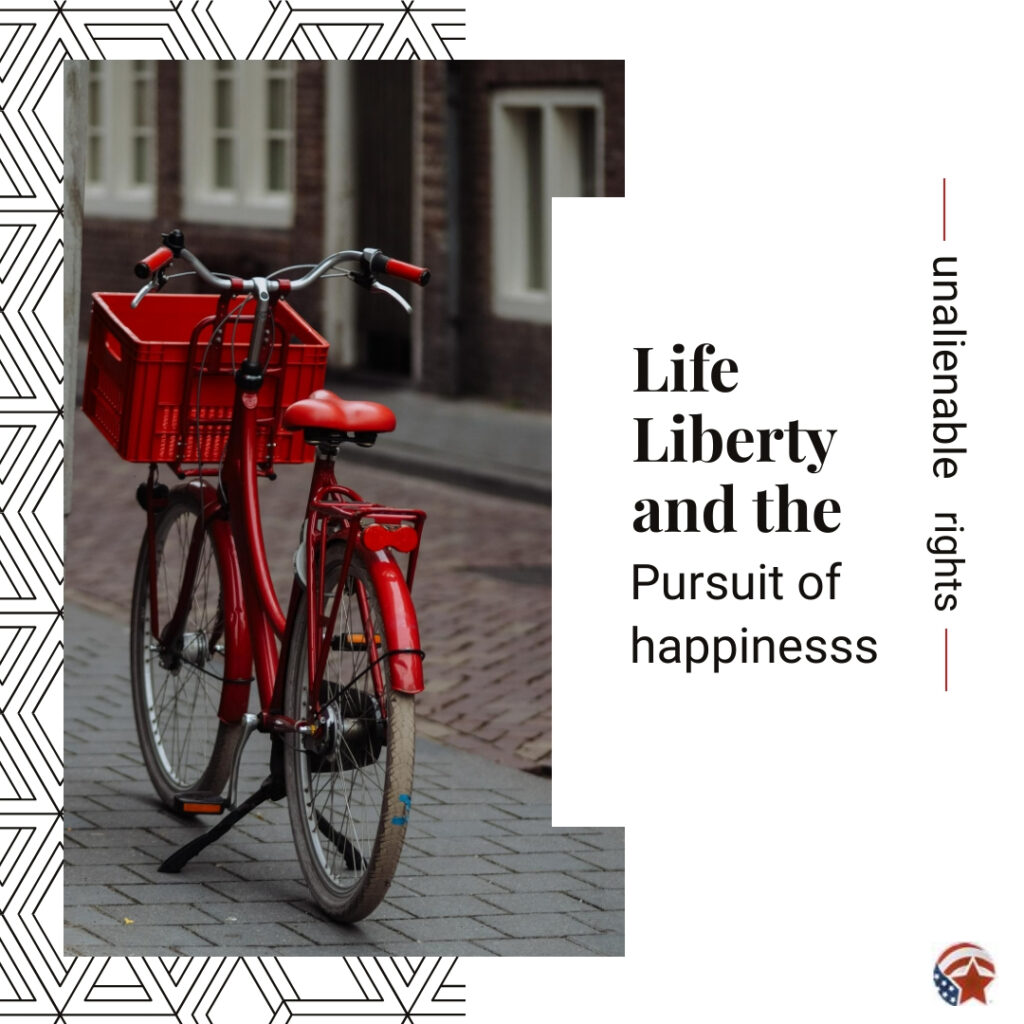 Dark Ages to Renaissance to Reformation to American REVOLUTION
Dark Ages to Renaissance to Reformation to American REVOLUTION
In the twelve years after Mohammed’s death, 632-644 AD, Muslim jihadists conquered the Eastern Roman Empire, Syria, Palestine, Eastern Anatolia, Armenia, Upper Egypt, Lower Egypt and North Africa. Muslim pirates terrorized the Mediterranean, blockading trade. This caused economic disaster in Roman Europe by diminishing products moving from East to West. 
An important item no longer shipped was papyrus – reeds from the Nile delta which were used for paper in Europe.
 The sudden shortage of paper resulted in a decline of writing, literacy, and fewer books being written, a key factor in the beginning of THE DARK AGES.
The sudden shortage of paper resulted in a decline of writing, literacy, and fewer books being written, a key factor in the beginning of THE DARK AGES.
The largest and oldest library in the world was in Alexandria, Egypt. A story passed down by Abd-Al-Latif of Baghdad (1162-1231), Jamal Ad-din Al-Kufti (1169-1248), and Bar Hebraeus (1226-1286) was that when Caliph Omar was asked in 642 AD what to do with the books in the library, he replied:
“If those books are in agreement with the Qur’an, we have no need of them; and if these are opposed to the Qur’an, destroy them.”

Muslim Caliph Al-Ma’mun of the Abbasid Dynasty ordered raiders to break into the Great Pyramid of Giza in 832 AD in search of treasure. Six hundred years later, when the Ottoman Muslims sacked Constantinople in 1453, it ended the land trade routes from Europe to India and China which led Columbus to look for a sea route, beginning THE AGE OF DISCOVERY.
One of Islam’s Hadiths is:
“Abu’l-Hayyaj al-Asadi told that ‘Ali (b. Abu Talib) said to him… Do not leave an image without obliterating it, or a high grave without leveling it. This hadith has been reported by Habib with the same chain of transmitters and he said: Do not leave a picture without obliterating it.” (Hadith Bk 4, No. 2115)
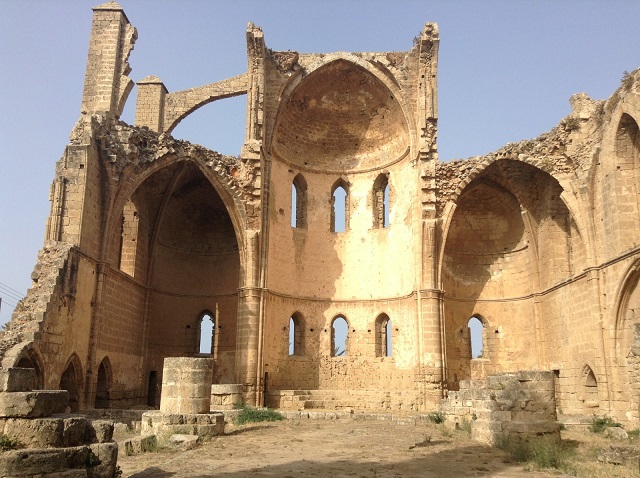 As Ottoman Muslims invaded Greece Byzantine Empire, they destroyed art, graves of the Christian Saints, and churches. This led to a flood of Greek treasures, art and literature hurriedly carried to Florence, Italy.This caused Europe to have a re-interest in Greek culture called THE RENAISSANCE.
As Ottoman Muslims invaded Greece Byzantine Empire, they destroyed art, graves of the Christian Saints, and churches. This led to a flood of Greek treasures, art and literature hurriedly carried to Florence, Italy.This caused Europe to have a re-interest in Greek culture called THE RENAISSANCE.
As the wealth of Greek Byzantine Empire flowed into Florence, Italy, many were made rich, most notably the families of Medici and Borgia, who financed the most famous renaissance artists, Michelangelo and Leonardo DaVinci. Condemning the rising materialism and sensualism in Florence was the preacher Savonarola. He led a notable Christian revival till he was excommunicated, tortured and executed.
 Greek scholars fleeing the Ottoman Muslim invasion brought to Europe the Greek Bible, which was translated by Erasmus. This interest in the original New Testament language of Greek contributed to THE REFORMATION, which was begun by Martin Luther in 1517.
Greek scholars fleeing the Ottoman Muslim invasion brought to Europe the Greek Bible, which was translated by Erasmus. This interest in the original New Testament language of Greek contributed to THE REFORMATION, which was begun by Martin Luther in 1517.
The King of France, Francis I, caused a scandal in Europe by making an alliance with Muslim Ottoman Sultan Suleiman the Magnificent against Italy, Spain and England.
Francis I ordered the punishment of religious dissidents known as Waldensians. Over the next century, THE RELIGIOUS WARS resulted in atrocities committed by Protestant and Catholic armies against each other.
Lorenzo de’ Medici, to whom Niccolò Machiavelli dedicated his notorious book, The Prince, 1515, had his daughter, Catherine de’ Medici, marry the next King of France, Henry II. Henry II suppressed Protestant Huguenots in France.

After his death, Catherine de’ Medici was credited with the St. Bartholomew’s Day Massacre in Paris in 1572, after which Protestants fled France. Catherine de’ Medici’s teenage son, King Francis II, was married to Mary-Queen of Scots, as France had for centuries helped Scotland struggle for independence from England.
When King Francis II died at age 16, Mary-Queen of Scots, age 18, returned to Scotland in 1561. She was immediately criticized by Protestant Reformer John Knox from the pulpit. John Knox’s influence on Scotland had a significant impact on the millions of Scots and Scots-Irish immigrants who came to America.
John Knox had been arrested as a young man and sentenced in 1547 to be a galley slave on a French ship. Sailing away from Scotland, John Knox looked up as they passed St. Andrews and said:
“I see the steeple of that place where God first in public opened my mouth to glory; and I am fully persuaded… I shall not depart this life till my tongue shall glorify his godly name in the same place.”

After two years, John Knox was released and exiled to England.
John Knox rose to be the royal chaplain to the young King Edward VI where he helped influence the writing of the Book of Common Prayer. When King Edward died, his sister Queen Mary Tudor took the throne and attempted to bring England back under the Catholic Church.
John Knox escaped England to Geneva, Switzerland, where he met John Calvin, the Reformer who confronted the Queen of Navarre, April 28, 1545:
“A dog barks when his master is attacked. I would be a coward if I saw that God’s truth is attacked and yet would remain silent.”
John Knox wrote tracts attacking all monarchs, then returned to Scotland to lead the Reformation. John Knox preached a sermon in St. Andrews which incited hearers to smash statues and loot Catholic churches. Through the efforts of John Knox, Protestantism spread till the Scottish Parliament voted to officially accept the Reformation in 1560, beginning the Presbyterian Church.
The Scottish Parliament took control away from Mary-Queen of Scots due to unfortunate events in her personal life. She had married Lord Darnley in 1565, but he became jealous of Mary’s private secretary, David Rizzio, and had him murdered. Lord Darnley was then suspiciously killed two years later in an explosion.
The chief suspect in his murder was the Earl of Bothwell, who manipulated Mary into marrying him a month later. This upheaval caused the Scottish Parliament to force Mary to abdicate her throne to be replaced by her and Lord Darnley’s infant son, James. James, at the age of 13 months, was crowned King James VI of Scotland. John Knox gave the coronation sermon. Bothwell tried to raise forces to return Mary to her throne, but he was captured in Norway and died in  prison.Mary-Queen of Scots fled to England in 1568 to be protected by her cousin, Queen Elizabeth I, who turned this into her forced custody for 19 years.
prison.Mary-Queen of Scots fled to England in 1568 to be protected by her cousin, Queen Elizabeth I, who turned this into her forced custody for 19 years.
Elizabeth was the daughter of Henry VIII by Anne Boleyn. Anne Boleyn had refused to be another of Henry’s mistresses, so Henry divorced his first wife, broke with the Roman Catholic Church and began the Anglican Church. Henry VIII later beheaded Anne Boleyn. The fate of Henry VIII’s six wives were: divorced; beheaded; died; divorced; beheaded; survived.
Elizabeth sent Sir Francis Drake to circumnavigate the globe, 1577-1580. She sent Sir Walter Raleigh to found a colony in America in 1584, which he named “Virginia” after the virgin Queen Elizabeth. Elizabeth was made aware of a plot against her which questionably implicated her captive Catholic cousin Mary-Queen of Scots.
Elizabeth tragically signed the order for Mary’s execution in 1587. Catholics in England went into hiding or fled. Large numbers of priests sent to England were captured and executed. In 1588, Elizabeth had Sir Francis Drake fight the Spanish Armada. The seriousness of Spain’s threat led Queen Elizabeth to make a treaty with Moroccan ruler Mulai Ahmad al-Mansur and with the Ottoman Sultan Murad III against Spain. When Elizabeth died in 1603, the son of Mary-Queen of Scots was made King of England, Ireland, Wales and Scotland as King James I. King James I had been raised by Scottish Presbyterian Protestant tutors.
He was responsible for arranging both Anglican and Puritan scholars to work together to produce the King James Bible – the best-selling book of all time. King James I is the namesake of Jamestown, Virginia – the first permanent English settlement in America. The Pilgrims were sailing on the Mayflower ship to join the Jamestown Colony when the got blown off course in a winter storm and landed at Cape Cod. The Pilgrims had no charter from the King so they wrote their famous Mayflower Compact.

When Spanish and Italian Catholic troops plotted to help Ireland break from Anglican English control, beginning in 1569, the English crushed the attempt and executed thousands of Irish Catholics. The Irish had their crops and farms destroyed, leading to famine and disease and thousands dying. Over the next century, the British killed over a half-million Irish Catholics and sold the same number into slavery in the West Indies, Virginia, New England, Barbados and Virginia.
In an effort to make Ireland more Protestant, Britain relocated 200,000 Presbyterians from Scotland to Ireland.
Crop failures, increasing rent, and collapsing linen trade caused over a million Scots and Scots-Irish Protestant Presbyterian descendants to leave Ireland and immigrate to the American colonies. Between 1717 and 1775, over 200,000 Scots-Irish migrated to America, becoming a third of the country’s population. Through this mass immigration, the influence of Scotland’s Reformer John Knox was felt in America.
John Knox, who died NOVEMBER 24, 1572, had stated:
“A man with God is always in the majority.”
The first Presbyterian Church in America was founded by Rev. Francis Makemie in Maryland in 1684. By the time of THE AMERICAN REVOLUTION, the Presbyterian denomination was one of the four largest denominations in the country, along with Anglican, Congregational and Baptist. A descendant of John Knox was Presbyterian minister John Witherspoon, who signed the Declaration of Independence and was a primary proponent of separation of powers.
John Witherspoon circulated letters urging ministers to support independence, even publishing a sermon, “Address to the Natives of Scotland residing in America,” in which he beseeched those of Scottish descent to insist on their ancient rights against Britain. John Witherspoon served as the President of Princeton College, where he taught 9 of the 55 writers of the U.S. Constitution, including James Madison.
The Presbyterian Churches in the United States wrote to President George Washington, May 26, 1789:
“We…esteem it a peculiar happiness to behold in our Chief Magistrate, a steady, avowed friend of the Christian religion…who, in his private conduct, adorns the doctrines of the gospel of Christ.”
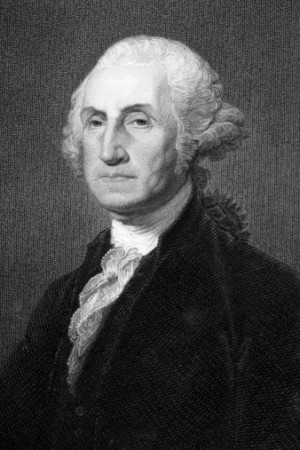
President George Washington wrote back in May of 1789:
“Gentlemen: I receive with great sensibility the testimonial given by the General Assembly of the Presbyterian Church in the United States of America…
While I reiterate the professions of my dependence upon Heaven as the source of all public and private blessings; I will observe that the general prevalence of piety, philanthropy, honesty, industry, and economy seems, in the ordinary course of human affairs, particularly necessary for advancing and conforming the happiness of our country…”
Washington added:
“While all men within our territories are protected in worshiping the Deity according to the dictates of their consciences; it is rationally to be expected from them in return, that they will be emulous of evincing the sanctity of their professions by the innocence of their lives and the beneficence of their actions; for no man who is profligate in his morals, or a bad member of the civil community, can possibly be a true Christian, or a credit to his own religious society…”
Washington concluded:
“I desire you to accept my acknowledgments for your laudable endeavors to render men sober, honest, and good citizens, and the obedient subjects of a lawful government, as well as for your prayers to Almighty God for His blessings on our common country, and the humble instrument which He has been pleased to make use of in the administration of its government.”
To read full article click here: http://conta.cc/1JG8ReW






